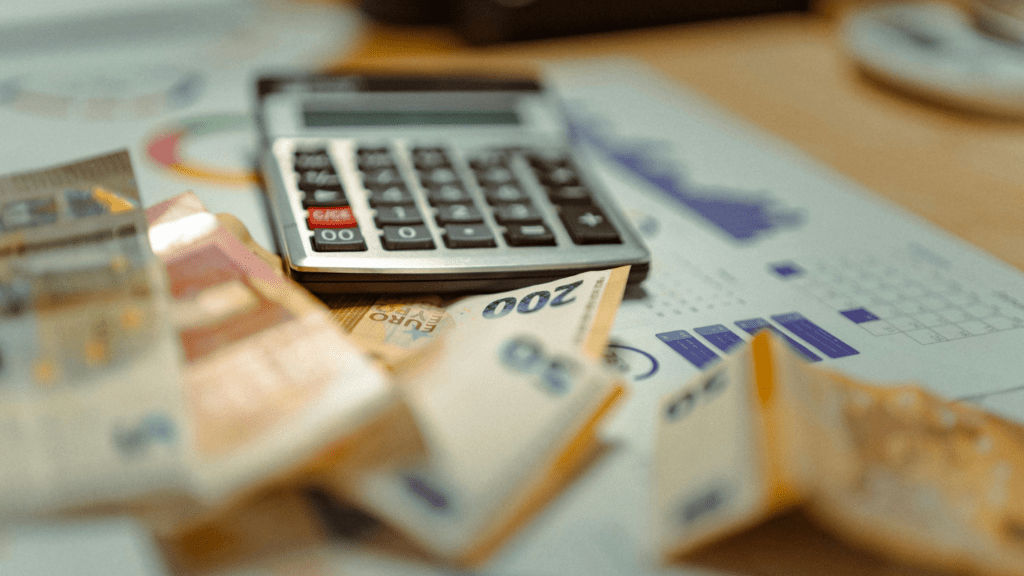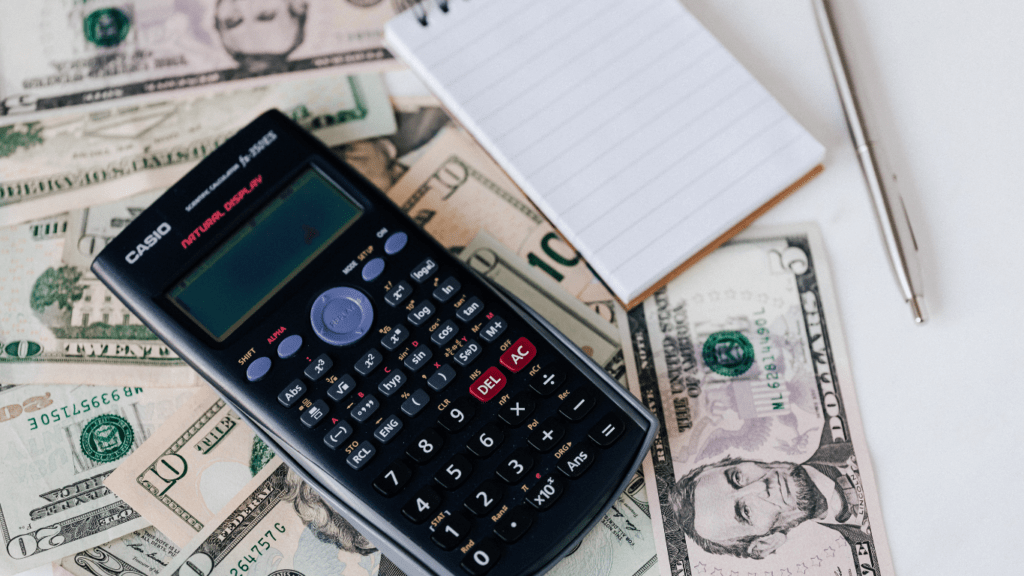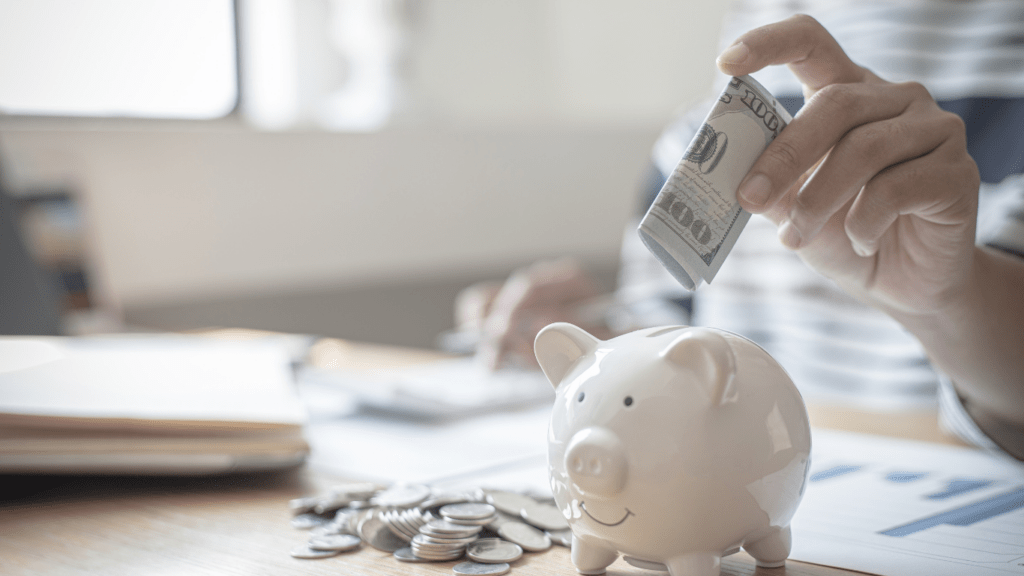Traveling is one of life’s greatest joys, but it can quickly become overwhelming when you start thinking about costs. I’ve been there—dreaming of exotic destinations only to feel the weight of my wallet holding me back.
The good news is that creating a travel budget that actually works isn’t as daunting as it seems. With a little planning and some smart strategies, you can turn those travel dreams into reality without breaking the bank.
Understanding Travel Budgets
Creating a travel budget clarifies costs and helps manage expectations. It also enables planning for enjoyable trips without financial stress.
Importance of a Travel Budget
A travel budget serves as a financial roadmap during trips. By allocating funds for transportation, accommodation, meals, and activities, I ensure that I prioritize spending options. Budgets help avoid overspending and emotional stress while traveling.
They also provide an accurate picture of how much I can travel based on my financial situation. In short, a well-planned budget keeps travel dreams achievable and enjoyable.
Common Budgeting Mistakes
Many travelers overlook essential aspects while budgeting. Here are common mistakes to avoid:
- Neglecting unforeseen expenses: Travelers often forget extra costs like tips, taxes, or unexpected fees.
- Underestimating daily expenses: Daily meals, transportation, and entertainment might exceed initial estimates.
- Ignoring currency fluctuations: Changes in exchange rates can significantly impact travel costs.
- Failing to prioritize: Travelers might choose activities without considering their impact on the budget.
- Skipping research: Not researching average costs in the travel destination can lead to overspending.
Avoiding these mistakes creates a more accurate, effective travel budget that aligns with my financial goals.
Steps to Create a Travel Budget
Creating a travel budget involves specific steps to ensure financial clarity and effective planning. Here’s how to start.
Assessing Your Financial Situation
Determining my financial capacity sets the foundation for my travel budget. I evaluate my current savings, income, and necessary expenses. By listing all sources of income and fixed costs, I create an accurate picture of what I can allocate for travel.
This assessment helps me establish a realistic budget tailored to my financial situation, taking into account spending habits and savings goals.
Defining Your Travel Goals
Establishing clear travel goals guides my budgeting efforts. I consider the destination, duration, and type of experiences I want to have. By prioritizing activities, whether it’s relaxation, adventure, or cultural immersion, I identify essential costs.
Knowing whether I prefer luxury accommodation or budget options affects my overall financial plan. Defining these objectives enables me to align my travel budget with my aspirations, creating a roadmap for memorable journeys.
Estimating Travel Expenses
Estimating travel expenses involves identifying and calculating key costs associated with a trip. This estimative process ensures accurate budgeting and prevents unwanted financial surprises.
Transportation Costs
Transportation costs encompass all expenses incurred while traveling to and from a destination. These include airfare, train fares, gas for road trips, and public transportation fees. I recommend researching and comparing options in advance to find the best deals.
For instance, using flight comparison websites can save substantial amounts on airfare. Also, consider booking travel during off-peak seasons to reduce costs. Here’s a breakdown of potential transportation costs:
| Expense Type | Estimated Cost Range |
|---|---|
| Domestic Flights | $100 – $600 |
| International Flights | $300 – $1,500 |
| Train Tickets | $25 – $200 |
| Gas (per gallon) | $3 – $5 |
| Public Transport (daily) | $5 – $20 |
Accommodation Expenses
Accommodation expenses represent a significant portion of the travel budget. These costs vary based on the type of lodging, location, and season. I advise exploring options such as hotels, hostels, vacation rentals, or even home exchanges.
Using platforms like Airbnb can lead to savings, especially for longer stays. Evaluate amenities and location to prioritize comfort while managing expenses. Here’s an overview of potential accommodation costs:
| Accommodation Type | Estimated Cost Range |
|---|---|
| Hotels | $70 – $300 per night |
| Hostels | $20 – $100 per night |
| Vacation Rentals | $50 – $400 per night |
| Campsites | $15 – $50 per night |
Daily Living Expenses
| Expense Type | Estimated Cost Range |
|---|---|
| Meals (per day) | $30 – $100 |
| Activities (per day) | $20 – $100 |
| Miscellaneous Expenses | $10 – $50 |
Tools and Resources for Budgeting
Utilizing various tools and resources simplifies creating a travel budget. These options range from mobile applications to spreadsheets, catering to different preferences.
Budgeting Apps
Budgeting apps provide a convenient way to track expenses and manage finances on-the-go. My favorite apps include:
- Mint: Tracks spending, categorizes expenses, and offers budgeting tools.
- YNAB (You Need A Budget): Focuses on proactive budgeting strategies and prioritizes savings.
- Trail Wallet: Specifically designed for travelers, it helps track daily expenses in multiple currencies.
- Wally: Offers easy expense tracking and budget planning, customizable to individual needs.
These apps sync with bank accounts, making it effortless to monitor spending during travels.
Spreadsheets and Templates
Spreadsheets offer flexibility in budgeting for travelers who prefer a structured approach. My preferred tools include:
- Google Sheets: Enables real-time collaboration and is accessible from any device. I can create custom formulas to track expenses efficiently.
- Excel Templates: Many downloadable templates exist specifically for travel budgeting, allowing quick adaptation to personal needs.
- Budgeting Workbooks: Pre-made workbooks often provide a complete financial breakdown, including sections for accommodations, transportation, food, and activities.
Using these resources helps ensure accuracy and detail in setting a realistic travel budget.
Tips to Stick to Your Travel Budget
Sticking to a travel budget requires discipline and awareness. Here are some effective strategies to ensure you stay on track.
Tracking Your Spending
Tracking spending during a trip keeps financial goals in focus. I use budgeting apps like Mint or YNAB to monitor expenses in real-time. Inputting each purchase as I go prevents overspending and helps adjust remaining funds.
Alternatively, I keep a travel journal to jot down expenses daily, providing a tangible overview of spending habits. Setting daily spending limits further reinforces budget adherence, making it easier to enjoy the journey without constantly stressing about finances.
Making Adjustments on the Go
Making adjustments during travel remains essential for staying within budget. I assess spending regularly, especially if I notice I’m exceeding daily allowances. If I’m approaching my budget limit, I prioritize low-cost or free activities, such as hiking or visiting local markets, enhancing my experience without financial strain.
Additionally, I evaluate dining options, opting for local eateries over pricier tourist spots when possible. Flexibility allows me to enjoy the trip while ensuring I don’t exceed my planned budget, creating a balance between adventure and financial responsibility.




